

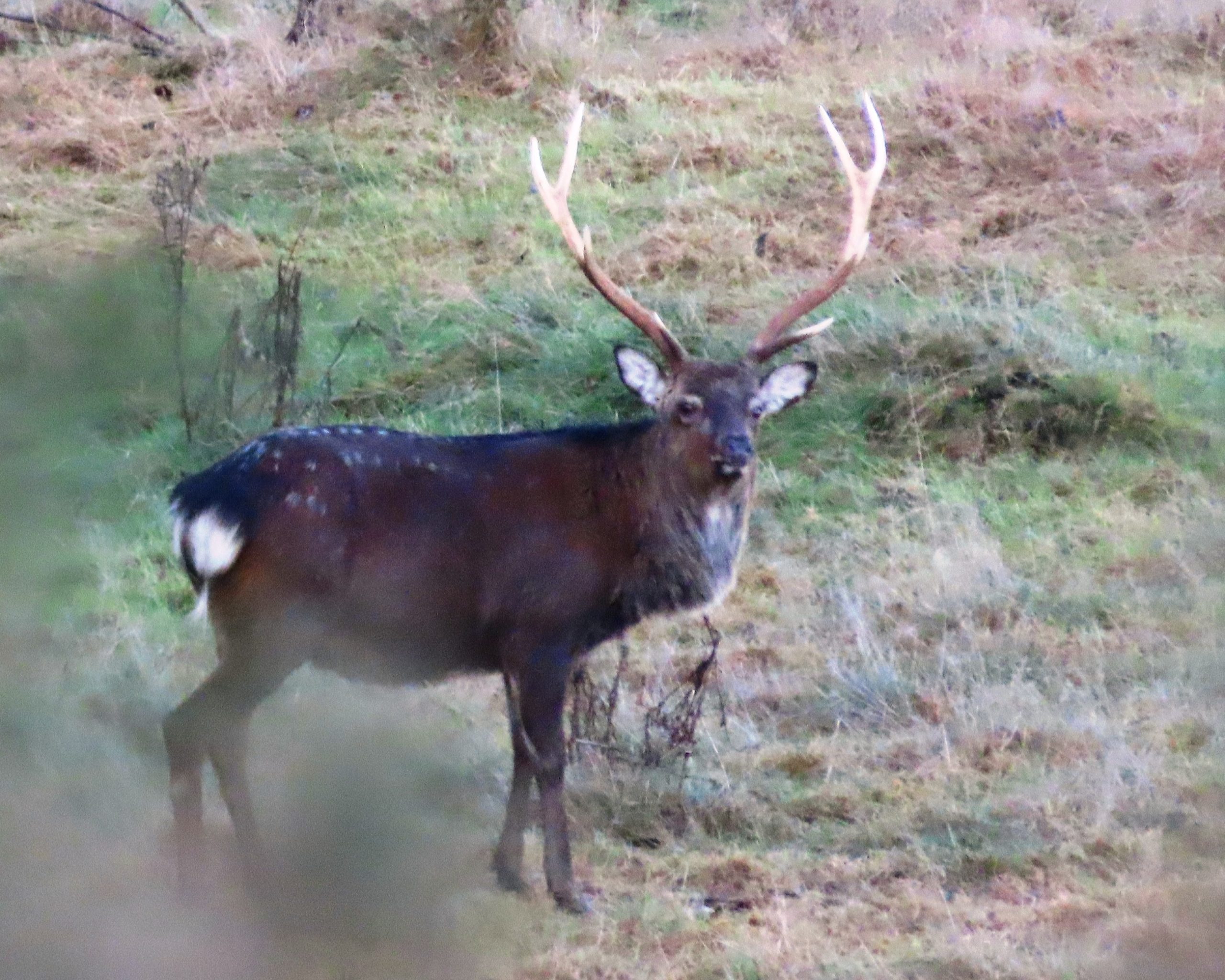
Hunting Experiences
25 September 2023
Sika are the epitome of the word cunning. Each animal survives by using its wits and vast genetic toolbox to outwit and evade hunters. In the case of Poronui the local deer hide in thick vegetation and forests by day and visit the bush fringes and farmland by night to graze. Dawn and dusk are the cusp times to encounter them in numbers as sika are either heading back to cover as the sun rises or emerging from cover to feed as the sun drops
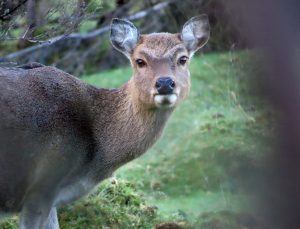
In the bush sika are hard to see, hard to fool when stalking, hard to locate undisturbed, and if the ground litter is noisy they have probably already heard you coming well in advance. They are gregarious and it is very seldom that hunters will encounter a solo sika. The most likely situation for such an occurrence is when a mother with fawn chases her yearling offspring away to fend for itself in early summer. The groupings most often seen on Poronui are firstly home range family groups, secondly a mixed gender herd which has merged on a feeding or rutting ground, or thirdly a bachelor group of stags. The greatest congregation of sika occurs when a new food source draws large numbers of both genders out of the bush. Good tucker tops all other priorities for a sika.
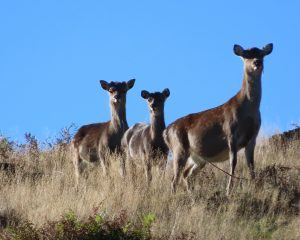
Sika are wired to look out for each other, and herd members react immediately if any of the herd spot or smell danger. In the open an alerted deer, probably the dominant hind, will usually react in the following ways. Bark at least twice, break into a sprint for cover, flare her white rump patch when running and then once out of sight continue squealing while stamping a foot. The other deer take off in response to the first barks, flaring their rump patches as well. In a few moments the whole group has disappeared though a noisy sentinel may hang around for a while checking if the danger source is following them. In thick bush all the stalking hunter may experience is a piercing bark or squeal which signifies the stalk is probably over.
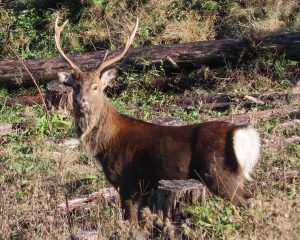
For most of the year stags are in bachelor groups so have to survive without shrewd females. On Poronui the stag groups over winter can be quite big. The old stags usually emerge into the open last and are cunning enough to use younger stags as sacrificial lambs. Spikers often lead the mob out of the bush. Back in May I saw a mob of stags exit the forest and head out across cutover ground to reach a gum plantation. One had a great set of antlers and rather than walk with the other animals he stopped and watched them for thirty minutes as they crossed the open ground. His stance was like a gundog on point. He did no grazing at all over the half an hour, and only started walking after them when the deer in front of him entered the gums unmolested. You had to see his cunning in person to believe it.
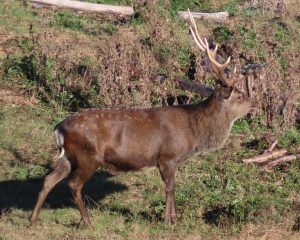
Want to ask a question about Poronui, personalise your vacation with bespoke itinerary options or find out about available dates?
Simply fill in your name and contact email address with a short message and we will get back to you.